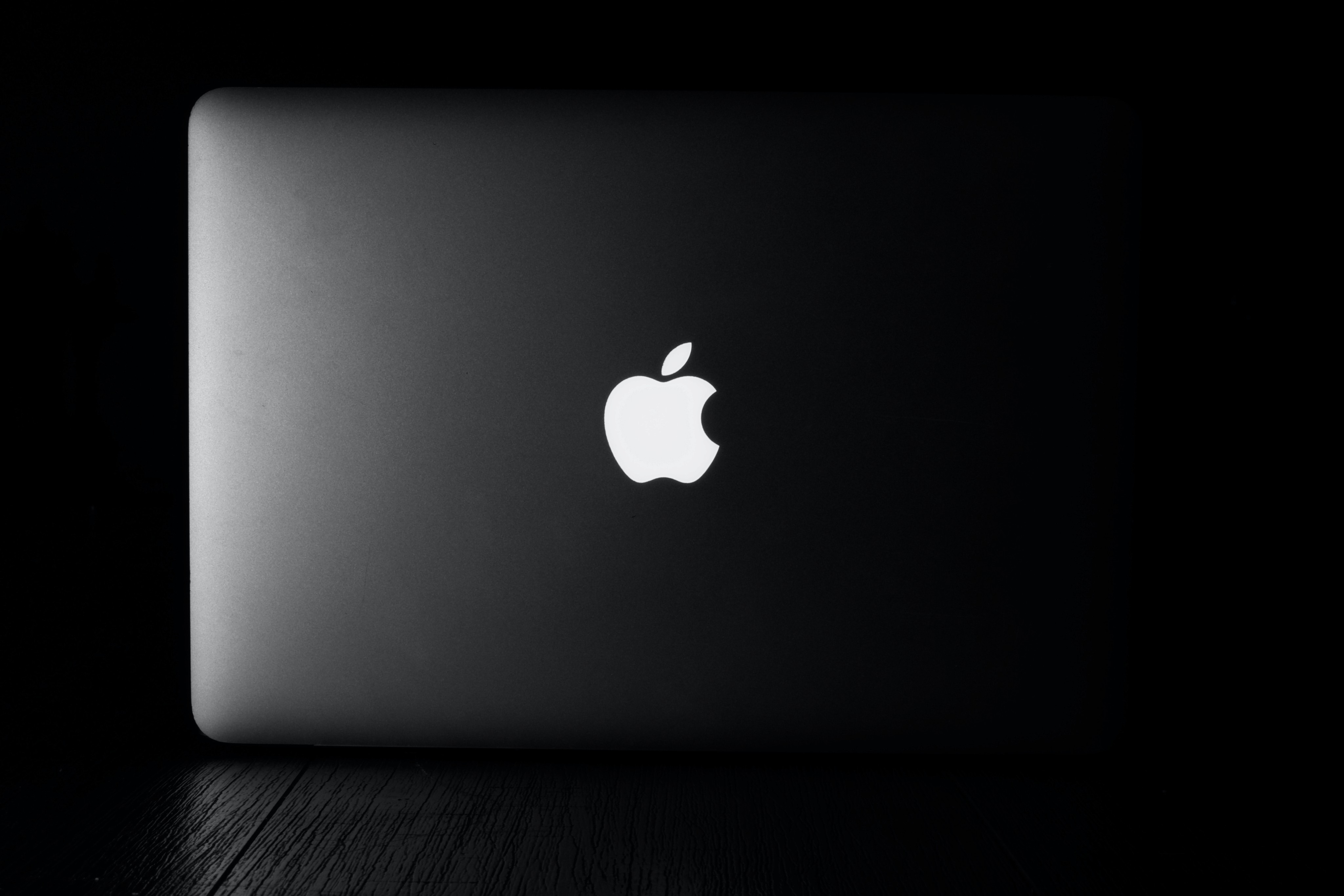Fundamentals of Good Logo Design
Author:
Sarah Jacobs
Posted:
Mar 20, 2023
Category:
Logo Design
A logo is a visual representation of a brand or company, and it plays a critical role in building brand recognition and loyalty. A good logo is more than just an attractive graphic or design element; it should communicate a brand's values and personality while also being easy to recognize and memorable. In this blog post, we will explore the fundamentals of good logo design.
A logo is a visual representation of a brand or company, and it plays a critical role in building brand recognition and loyalty. A good logo is more than just an attractive graphic or design element; it should communicate a brand's values and personality while also being easy to recognize and memorable. In this blog post, we will explore the fundamentals of good logo design.
A logo is a visual representation of a brand or company, and it plays a critical role in building brand recognition and loyalty. A good logo is more than just an attractive graphic or design element; it should communicate a brand's values and personality while also being easy to recognize and memorable. In this blog post, we will explore the fundamentals of good logo design.



A logo is a visual representation of a brand or company, and it plays a critical role in building brand recognition and loyalty. A good logo is more than just an attractive graphic or design element; it should communicate a brand's values and personality while also being easy to recognize and memorable. In this blog post, we will explore the fundamentals of good logo design.
Key Fundamentals
Simplicity:
One of the most important principles of good logo design is simplicity. A logo should be easy to recognize and remember, and this is best achieved through a simple design that is easy to read and understand. Simple logos are also more versatile, as they can be used in a variety of contexts without losing their impact.
Scalability:
A good logo design should be scalable and easy to resize without losing its visual impact. A logo should look just as good on a business card as it does on a billboard, and this requires careful consideration of font size, line thickness, and other design elements.
Color:
Color is a powerful tool in logo design, and it can communicate a brand's personality and values. However, a good logo should also be effective in black and white, as it may be printed or used in contexts where color is not an option.
Memorability:
A good logo design should be memorable, and this is best achieved through a unique and distinctive design that sets the brand apart from competitors. A memorable logo can help build brand recognition and loyalty, and it should be easy to recognize even when viewed from a distance or in a cluttered visual environment.
Relevance:
A good logo should be relevant to the brand it represents and should communicate its values and personality. A logo for a luxury brand, for example, should have a different look and feel than a logo for a discount retailer. Relevance also means considering the audience for the brand and designing a logo that will resonate with them.
Timelessness:
A good logo design should be timeless and able to withstand the test of time. While it is tempting to follow design trends, a logo that is too trendy may quickly become outdated and lose its impact. A logo that is simple and relevant is more likely to stand the test of time.
In conclusion, a good logo design should be simple, scalable, effective in color and black and white, memorable, relevant, and timeless. By following these fundamental principles, a brand can create a logo that effectively communicates its values and personality while building recognition and loyalty.
A logo is a visual representation of a brand or company, and it plays a critical role in building brand recognition and loyalty. A good logo is more than just an attractive graphic or design element; it should communicate a brand's values and personality while also being easy to recognize and memorable. In this blog post, we will explore the fundamentals of good logo design.
Key Fundamentals
Simplicity:
One of the most important principles of good logo design is simplicity. A logo should be easy to recognize and remember, and this is best achieved through a simple design that is easy to read and understand. Simple logos are also more versatile, as they can be used in a variety of contexts without losing their impact.
Scalability:
A good logo design should be scalable and easy to resize without losing its visual impact. A logo should look just as good on a business card as it does on a billboard, and this requires careful consideration of font size, line thickness, and other design elements.
Color:
Color is a powerful tool in logo design, and it can communicate a brand's personality and values. However, a good logo should also be effective in black and white, as it may be printed or used in contexts where color is not an option.
Memorability:
A good logo design should be memorable, and this is best achieved through a unique and distinctive design that sets the brand apart from competitors. A memorable logo can help build brand recognition and loyalty, and it should be easy to recognize even when viewed from a distance or in a cluttered visual environment.
Relevance:
A good logo should be relevant to the brand it represents and should communicate its values and personality. A logo for a luxury brand, for example, should have a different look and feel than a logo for a discount retailer. Relevance also means considering the audience for the brand and designing a logo that will resonate with them.
Timelessness:
A good logo design should be timeless and able to withstand the test of time. While it is tempting to follow design trends, a logo that is too trendy may quickly become outdated and lose its impact. A logo that is simple and relevant is more likely to stand the test of time.
In conclusion, a good logo design should be simple, scalable, effective in color and black and white, memorable, relevant, and timeless. By following these fundamental principles, a brand can create a logo that effectively communicates its values and personality while building recognition and loyalty.
A logo is a visual representation of a brand or company, and it plays a critical role in building brand recognition and loyalty. A good logo is more than just an attractive graphic or design element; it should communicate a brand's values and personality while also being easy to recognize and memorable. In this blog post, we will explore the fundamentals of good logo design.
Key Fundamentals
Simplicity:
One of the most important principles of good logo design is simplicity. A logo should be easy to recognize and remember, and this is best achieved through a simple design that is easy to read and understand. Simple logos are also more versatile, as they can be used in a variety of contexts without losing their impact.
Scalability:
A good logo design should be scalable and easy to resize without losing its visual impact. A logo should look just as good on a business card as it does on a billboard, and this requires careful consideration of font size, line thickness, and other design elements.
Color:
Color is a powerful tool in logo design, and it can communicate a brand's personality and values. However, a good logo should also be effective in black and white, as it may be printed or used in contexts where color is not an option.
Memorability:
A good logo design should be memorable, and this is best achieved through a unique and distinctive design that sets the brand apart from competitors. A memorable logo can help build brand recognition and loyalty, and it should be easy to recognize even when viewed from a distance or in a cluttered visual environment.
Relevance:
A good logo should be relevant to the brand it represents and should communicate its values and personality. A logo for a luxury brand, for example, should have a different look and feel than a logo for a discount retailer. Relevance also means considering the audience for the brand and designing a logo that will resonate with them.
Timelessness:
A good logo design should be timeless and able to withstand the test of time. While it is tempting to follow design trends, a logo that is too trendy may quickly become outdated and lose its impact. A logo that is simple and relevant is more likely to stand the test of time.
In conclusion, a good logo design should be simple, scalable, effective in color and black and white, memorable, relevant, and timeless. By following these fundamental principles, a brand can create a logo that effectively communicates its values and personality while building recognition and loyalty.












